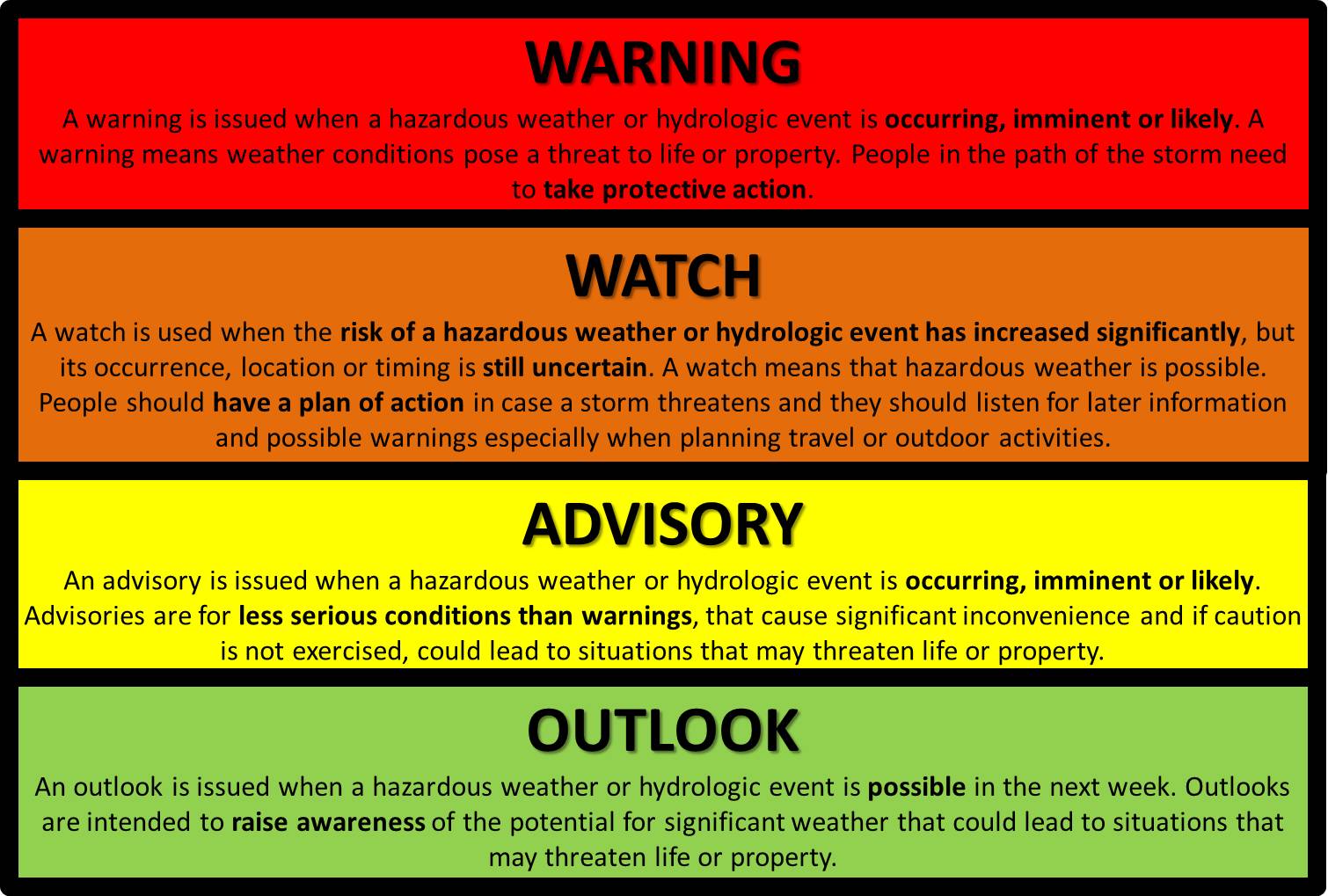There is a 17 to 20 percent chance that northern Oregon will be hit by a magnitude-8 quake in the next 50 years.
Robinson Meyer | Aug 11, 2016 | The Atlantic
For about the last 30 million years, a small tectonic plate named Juan de Fuca has been sliding under the far vaster North American plate into the Earth’s mantle. Today, this mostly happens without anyone’s notice—even though it causes minor, near-undetectable earthquakes about every 300 days—but sometimes the pressure pent up is released suddenly and catastrophically.
This is what happened on January 26, 1700. The plate slipped, and a magnitude-9.0 earthquake resulted, devastating the coast of modern-day Oregon and Washington. According to one story, an entire First Nation on Vancouver Island, the Pachena Bay people, died in flooding overnight. And the quake triggered a tsunami that rode across the Pacific Ocean for 10 hours before slamming the east coast of Japan, where merchants and samurai recorded flooding and damage.
As hundreds of thousands of Americans now know, this could happen again—except now, millions more people inhabit the Pacific Northwest. The existence of the Cascadia subduction zone, and its power to jolt the region with a “really big one,” was revealed to mass audiences last year by the writer Kathryn Schulz in a barn-blazing story for The New Yorker.
However, it now seems these coastline-altering events happen more frequently than previously thought. A team of researchers led by Chris Goldfinger, a geologist at Oregon State University, has found evidence that at least 43 major earthquakes have occurred in the last 10,000 years. That number is slightly larger than previously estimated, which means that—over the long time period—it significantly alters the likelihood of any one event occurring.



